The Right Way to Use a Skin Resurfacing Peel in the Summer

The Right Way to Use a Skin-Resurfacing Peel in the Summer Inline

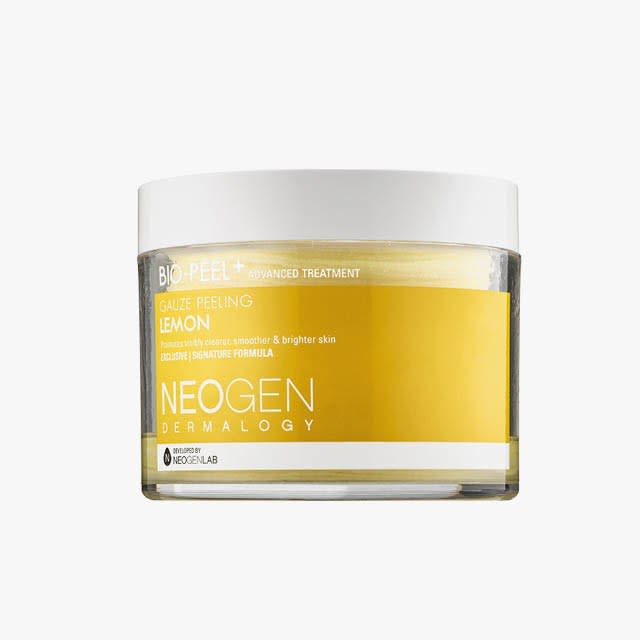
Buy it now
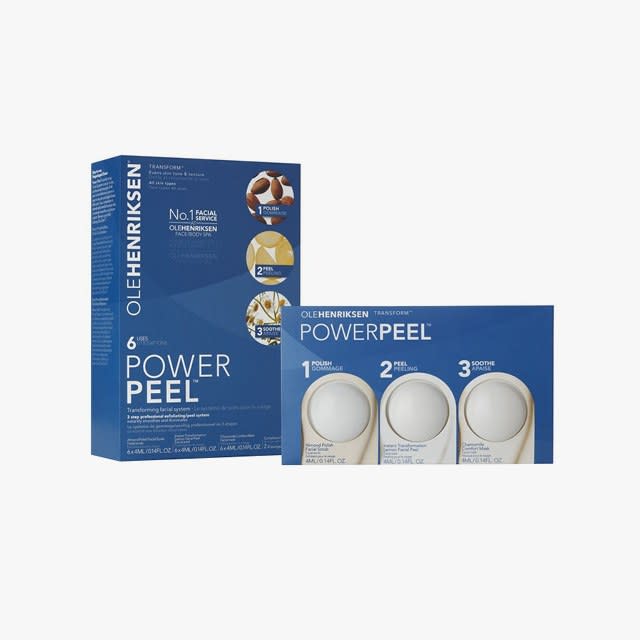
Buy it now
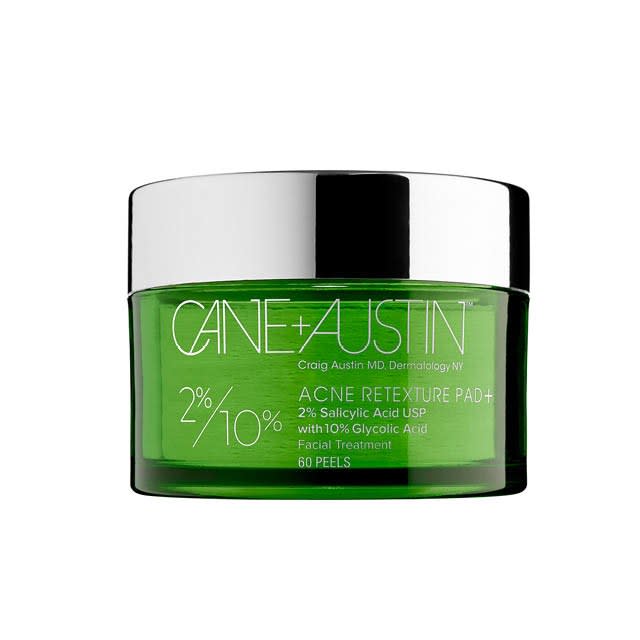
Buy it now
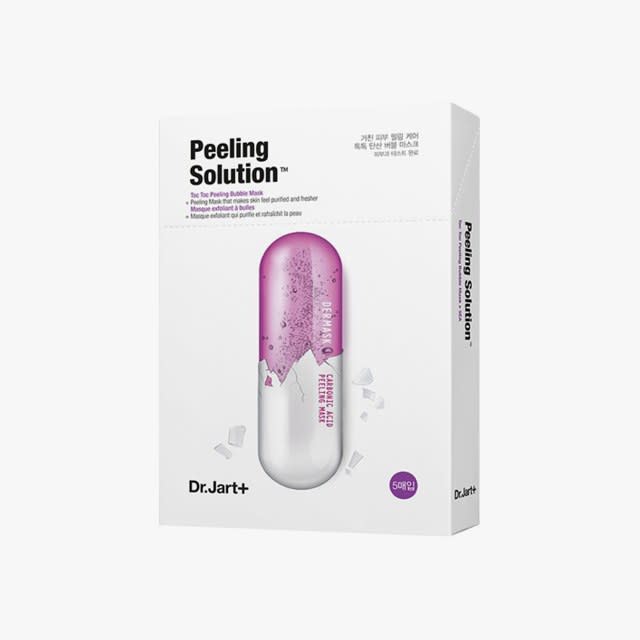
Buy it now
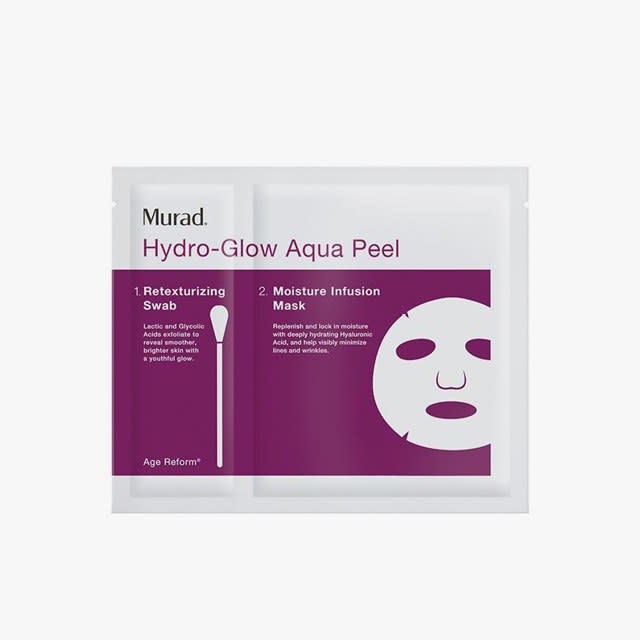
Buy it now
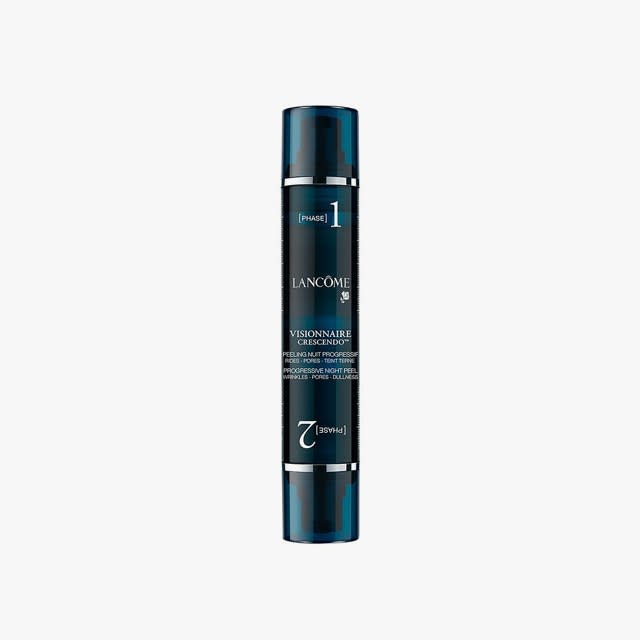
Buy it now

Buy it now
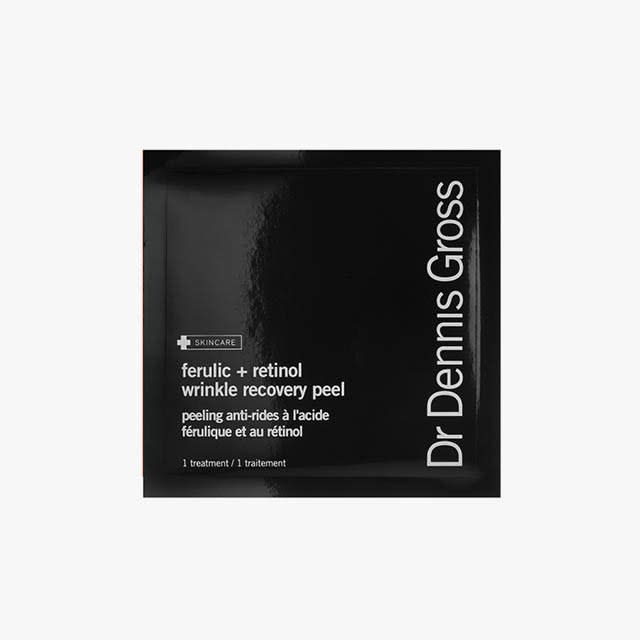
Buy it now
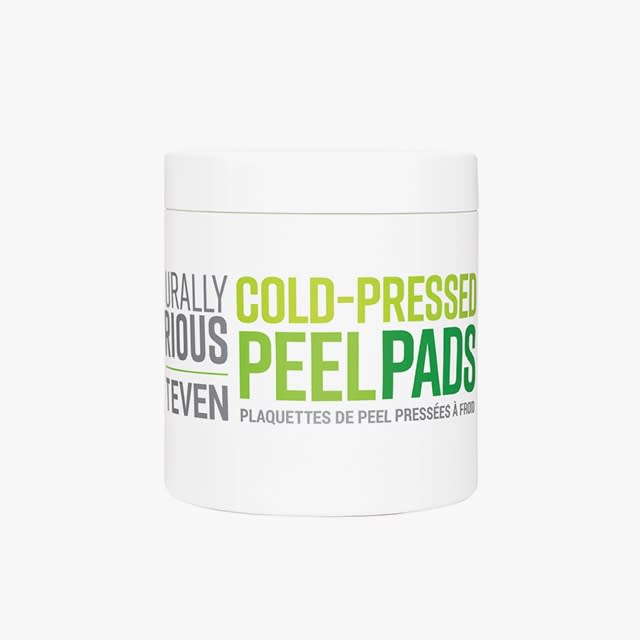
Buy it now
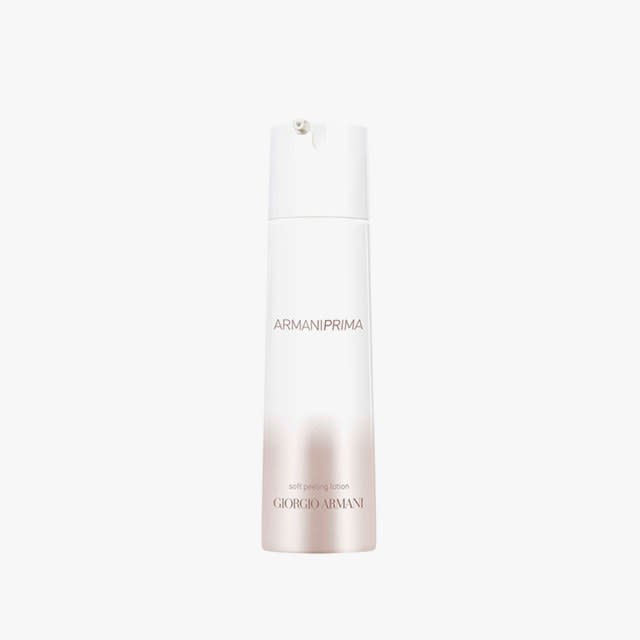
Buy it now
Peels sometimes get a bad rap. While they’ve been proven to reduce serious signs of aging—spots, red marks, uneven texture—and hailed as the miracle product by dermatologists across the globe, a handful of cautionary tales (and at least one infamous Sex and the City episode) linger in the imagination. And yet, according to experts, the resurfacing treatments remain one of the most effective skin solutions out there, and are completely safe for year-round use—with a few simple rules to take into account during summer, when the potential for post-treatment sun damage is higher. Here, New York City dermatologist Whitney Bowe, M.D., shares her top tips for peeling safely during the warmer months.
Choose your peel wisely.
“Almost everyone can benefit from a peel,” says Bowe of the technique, which removes layers of dead skin and dissolves dirt and oil trapped beneath the surface in seconds. “They help repair the skin’s natural barrier, often triggering collagen and hyaluronic acid production” to reveal a brighter, smoother and more even complexion, she explains. But it’s important to choose the right type of peel for your skin type. “Mature clients would benefit from an alpha hydroxyl formula” containing anti-aging acids like lactic and glycolic, proven to decrease fine lines and reduce brown spots. “Those struggling with acne or oily skin should opt for a beta hydroxyl–based peel,” made primarily of salicylic acid, which benefits breakout-prone skin, provides calming benefits, and can reduce redness and inflammation in most patients.
Avoid morning peels during the summer months.
While peels are a great addition to your routine, be sure to only use them at night during the summer. “They make your skin more sensitive to the sun," says Bowe, explaining that using one before bed will decrease your chances of raw skin interacting with direct sunlight. “And cut your use in half” from June through August, she adds, referring to the amount of time you leave the treatment on your skin. When fall arrives, double back up on the dose.
Follow with an antioxidant serum—and UV protection.
Bowe recommends slathering on an antioxidant-packed serum, like SkinCeuticals C E Ferulic immediately following the peel. This vulnerable moment is an opportunity for the product to penetrate deeply, maximizing absorption of active ingredients. And of course, no dermatologist’s checklist would be complete without doctor’s orders to apply sunscreen liberally. Bowe recommends wearing a broad-spectrum formula above SPF 30—every single day.
Originally Appeared on Vogue

